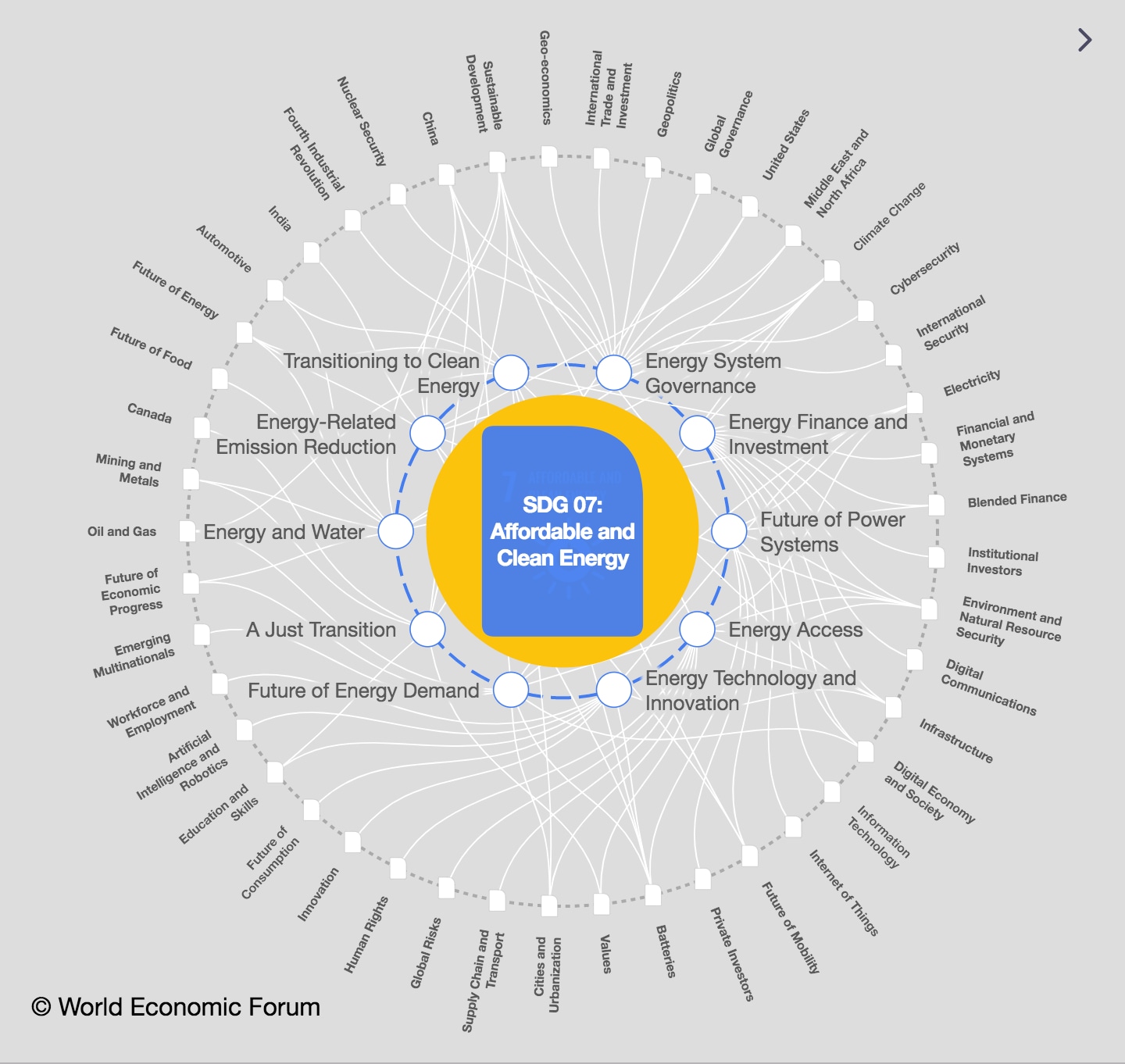Explainer: How do you make solar panels?

Solar panels are made from semiconducting silicon cells layered up and combined with other substances to create electrical poles. Image: Unsplash/American Public Power Association
Listen to the article
- The solar panel production process has increasingly migrated to China, with the country instrumental in lowering costs.
- Silicon is a key raw ingredient in solar panel production but converting it into a usable format is energy-intensive and expensive.
- Solar panels are made from semiconducting silicon cells layered up and combined with other substances to create electrical poles.
Over the past decade, China has grown to dominate the global solar panel manufacturing industry. The country has invested over $50 billion in new solar PV capacity since 2011 - 10 times more than Europe, according to the International Energy Agency (IEA). And it has created 300,000 new manufacturing jobs in the industry.
As manufacturing capacity has increasingly moved from Europe, Japan and the United States, China’s share of all the manufacturing stages of solar panels has grown, and now tops 80%. In addition to this, the country is also home to the world’s 10 top suppliers of solar PV manufacturing equipment.
The country has been instrumental in lowering the prices of solar panels worldwide. But at the same time, having such a concentration of capacity in one geographical area creates potential challenges for supply chains and needs to be addressed by governments, the IEA says.


So how do you make solar panels?
Step 1 - Silicon
A solar panel is made up of many cells, each formed from multiple layers of a semi-conducting material. Silicon is by far the most commonly used semiconductor. It is the main component of sand, making it widely available, but converting it to high-quality silicon is costly and energy intensive. Polysilicon prices have surged in recent years, reaching their highest point since 2011 in July 2022.
Step 2 - Ingots
Crystalline silicon is melted and mixed together with boron to give it a positive electrical polarity. The silicon is then shaped into cylindrical ingots.
Step 3 - Wafers
The ingots are then cut into paper-thin slices known as wafers. These wafers are then coated with an anti-reflective coating to prevent the naturally shiny surfaces from reflecting back the sun’s rays.
Step 4 - Cells
Wafers are placed back-to-back and heated in the presence of phosphorus to create solar cells. The phosphorus creates a negative electrical polarity.
Electrical contacts, made of an incredibly thin substance so as not to block the sun, are placed to connect the cells to one another.
Step 5 - Panels
The cells are connected together to form a solar panel by encapsulating them in silicon rubber or ethylene vinyl acetate. The panels are then mounted in an aluminium frame that has a mylar or tedlar backsheet and a glass or plastic cover.
What's the World Economic Forum doing about the transition to clean energy?
Don't miss any update on this topic
Create a free account and access your personalized content collection with our latest publications and analyses.
License and Republishing
World Economic Forum articles may be republished in accordance with the Creative Commons Attribution-NonCommercial-NoDerivatives 4.0 International Public License, and in accordance with our Terms of Use.
The views expressed in this article are those of the author alone and not the World Economic Forum.
Stay up to date:
SDG 07: Affordable and Clean Energy
The Agenda Weekly
A weekly update of the most important issues driving the global agenda
You can unsubscribe at any time using the link in our emails. For more details, review our privacy policy.
More on Energy TransitionSee all
Rafael Mariano Grossi
November 8, 2024










